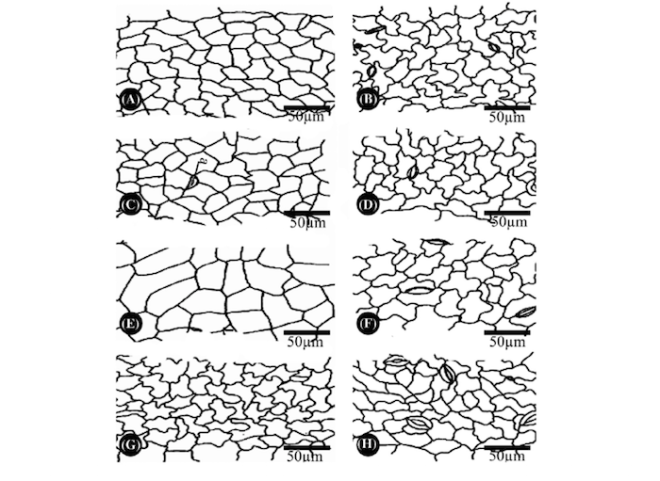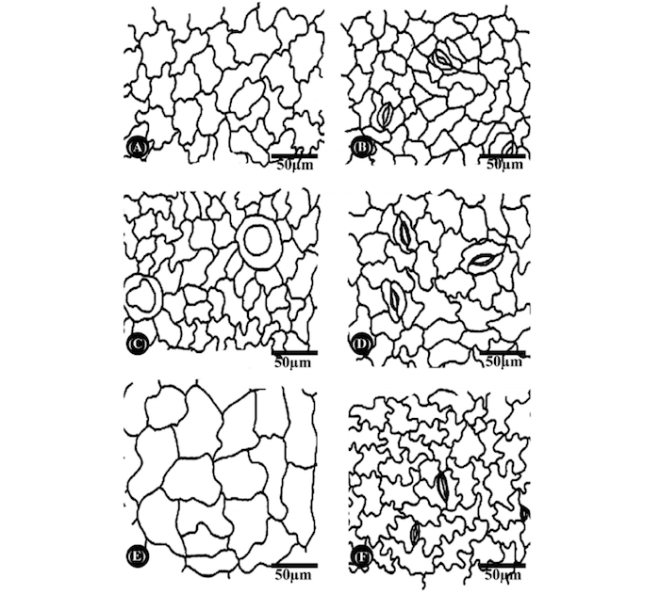Comparative foliar micro-morphological characters of the species of Portulacaceae in Nigeria
by Kadiri A. B. (2006)
===
in Bulletin of Pure & Applied Sciences-Botany, 2006,
Portulacaceae is a medium-sized family of annual or perennial, more or less succulent herbs or sub-shrubs. The family is cosmopolitan and it is more centred in South Africa and America. It has 19 genera and 500 species across the world (Heywood,1978). In Nigeria, only 2 genera and 6 species are present (Hutchinson and Dalziel, 1954). The species in the family have both medicinal and nutritional values and these species are Talinum triangulare (Jacq.) Willd., T. cuneifolium (Willd.) DC, Portulaca oleracea Linn., P. foliosa Ker-Gawl, P. grandiflora Hook. and P. quadrifida Linn. Portulaca oleracea is used for treating swellings, bruises, ear-ache, tooth-ache and to control palpitation and other cardiovascular diseases (Evans, 1996; Dalziel, 1937). Members of the family are also used as vegetables, potherb and salad.
The taxonomic treatments of the family have elucidated the importance of both morphological and anatomical characters in the recognition of the species (Hutchinson and Dalziel, 1954; Nyananyo and Olowokudejo, 1986). However, there is insufficient information on microscopic characters of the members of the family which can easily aid their recognition. Apart from this, the opinion of Heywood, (1978), that some genera of the family are ill-defined and that they can be distinguished from one another by microscopic features also encouraged the present study. In addition, the need to contribute more data to enhance understanding of the taxonomy of the family is another reason for the study. The use of foliar epidermal characters in distinguishing species and genera has been reported by workers (Fontenelle, et al, 1994; Kadiri and Ayodele 2003; Nyananyo and Olowokudejo, 1986; Ogundipe and Adegbite,1991, Ogundipe and Wujek, 2004; Singh and Dube, 1993). In the present study, both quantitative and qualitative micro-characters of the leaves of the six species of the family occurring in Nigeria are presented to elucidate their differences and similarities.
——–
The leaves are generally amphistomatic, with more stomata present on the abaxial surface. Stomata are usually paracytic on the abaxial surface whereas they are hemi-paracytic to paracytic on the adaxial surface of all the species.
Read the full article: The Free Library
 Akeen Babalola KADIRI
Akeen Babalola KADIRI





You must be logged in to post a comment.